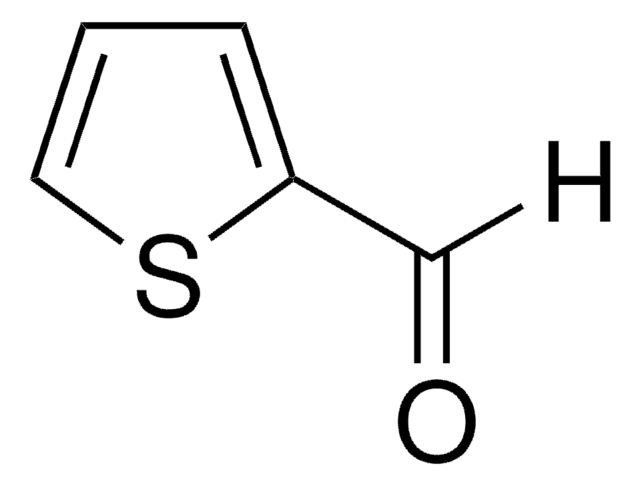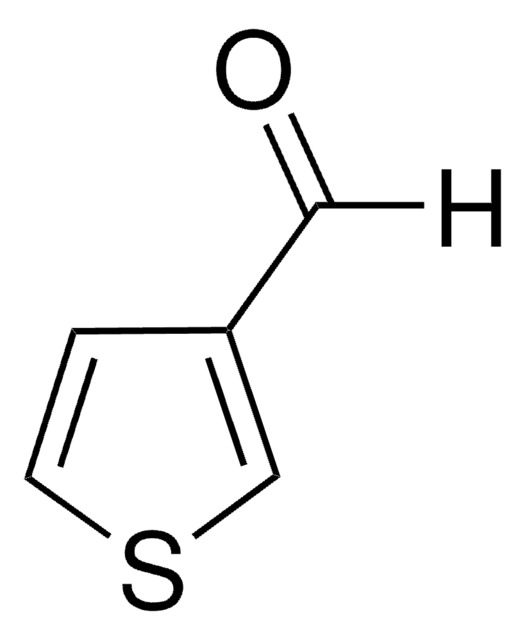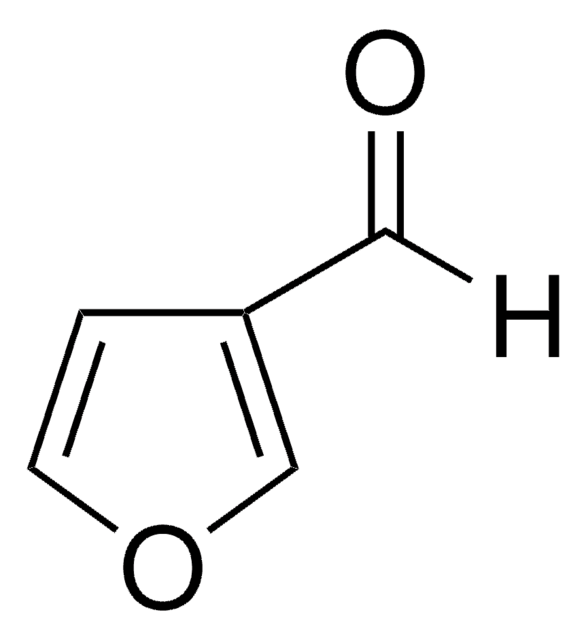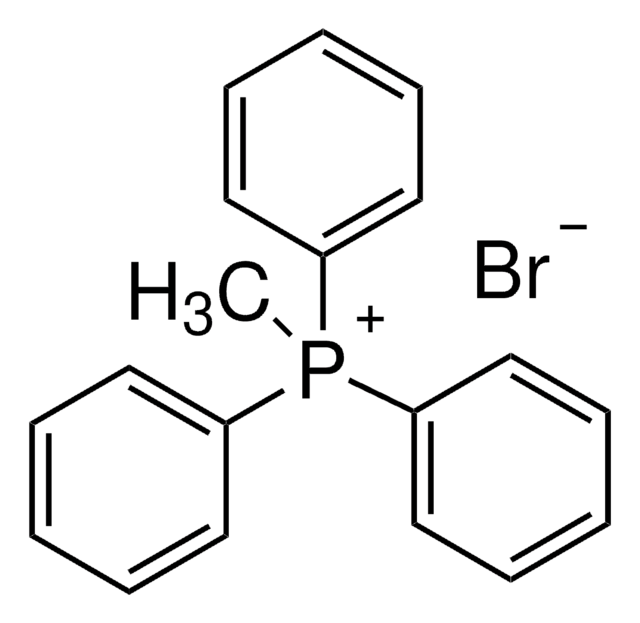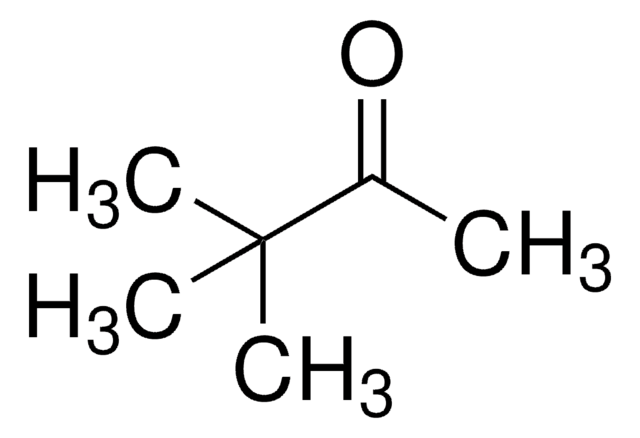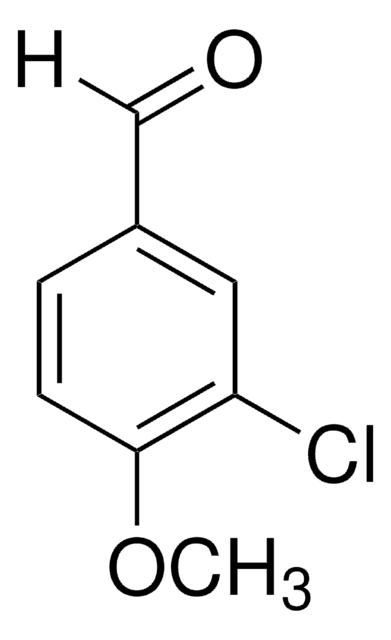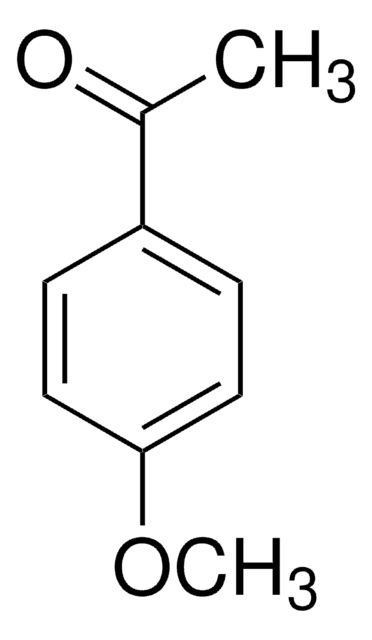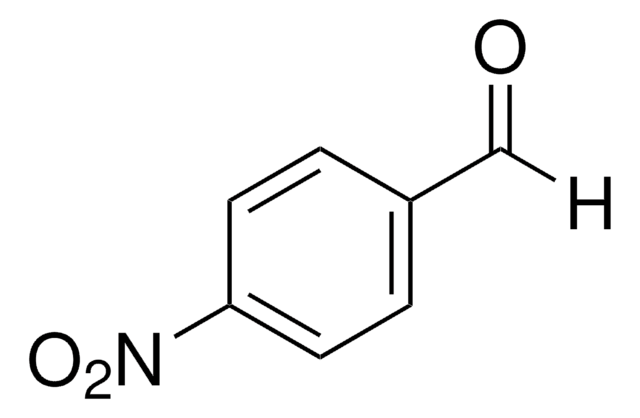516325
4-Methoxy-2-methylbenzaldehyde
95%
Synonym(s):
2-Methyl-p-anisaldehyde
Sign Into View Organizational & Contract Pricing
All Photos(1)
About This Item
Linear Formula:
CH3C6H3(OCH3)CHO
CAS Number:
Molecular Weight:
150.17
MDL number:
UNSPSC Code:
12352100
PubChem Substance ID:
NACRES:
NA.22
Recommended Products
Assay
95%
refractive index
n20/D 1.571 (lit.)
bp
262-267 °C (lit.)
density
1.107 g/mL at 25 °C (lit.)
SMILES string
[H]C(=O)c1ccc(OC)cc1C
InChI
1S/C9H10O2/c1-7-5-9(11-2)4-3-8(7)6-10/h3-6H,1-2H3
InChI key
WICYVKGMEJSDAO-UHFFFAOYSA-N
Storage Class Code
12 - Non Combustible Liquids
WGK
WGK 3
Flash Point(F)
Not applicable
Flash Point(C)
Not applicable
Personal Protective Equipment
dust mask type N95 (US), Eyeshields, Gloves
Regulatory Information
新产品
Choose from one of the most recent versions:
Already Own This Product?
Find documentation for the products that you have recently purchased in the Document Library.
Estrogenic Biphenyls. III. 2-Alkyl-4-methoxybiphenyl-4'-carboxylic Acids.
Sato T and Oki M.
Bulletin of the Chemical Society of Japan, 30(8), 859-862 (1957)
Compounds of potential interest for the chemotherapy of leprosy.
Buu-Hoi NP, et al.
The Journal of Organic Chemistry, 21(4), 415-418 (1956)
Tamer Awad et al.
Journal of chromatographic science, 45(8), 458-465 (2007-11-21)
The methoxy methyl phenylacetones share an isobaric relationship (equivalent mass but different elemental composition) to the controlled precursor substance 3,4-methylenedioxyphenylacetone. The 10 methoxy methyl phenylacetones as well as the methylenedioxyphenylacetones show essentially equivalent mass spectra with major fragment ions at
Jong H Kim et al.
Annals of clinical microbiology and antimicrobials, 10, 23-23 (2011-06-02)
Disruption of cellular antioxidation systems should be an effective method for control of fungal pathogens. Such disruption can be achieved with redox-active compounds. Natural phenolic compounds can serve as potent redox cyclers that inhibit microbial growth through destabilization of cellular
Our team of scientists has experience in all areas of research including Life Science, Material Science, Chemical Synthesis, Chromatography, Analytical and many others.
Contact Technical Service